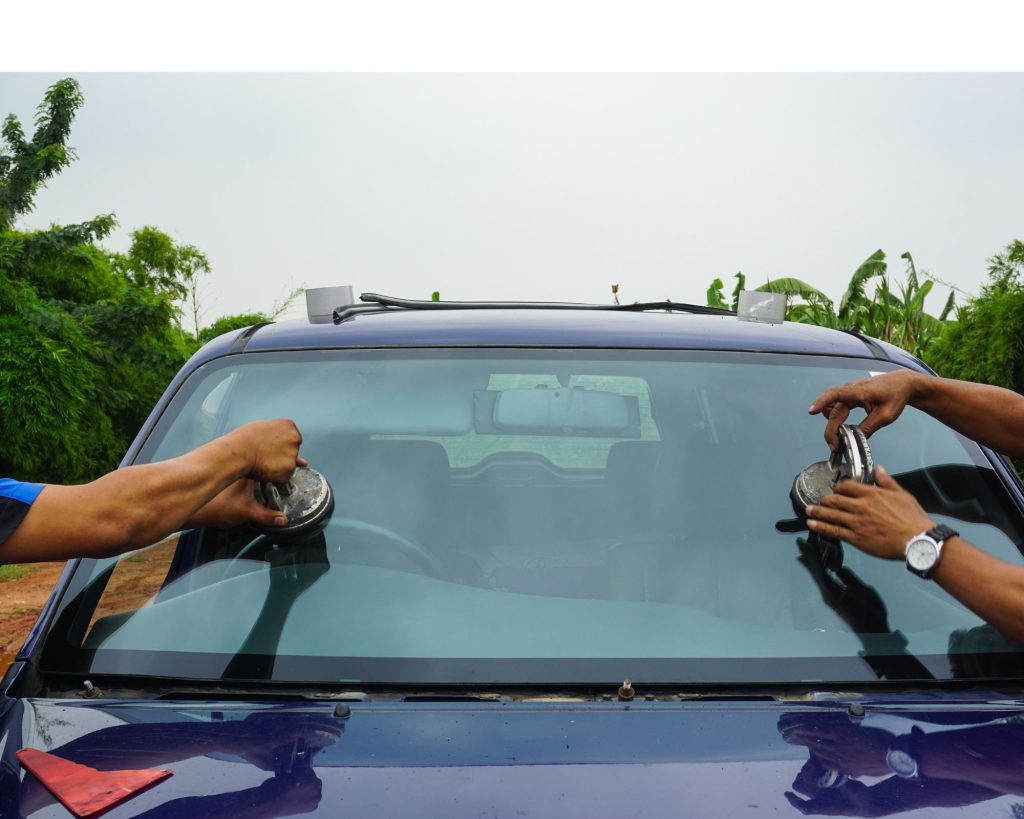Windscreen Calibration After Windscreen Replacement
Modern vehicles are equipped with advanced driver-assistance systems (ADAS) designed to enhance safety and provide a more comfortable driving experience. Many of these systems rely on sensors and cameras mounted on the windscreen. Therefore, when you replace your windscreen, it’s not just about ensuring the new glass fits perfectly; it’s also crucial to calibrate these systems properly. In this blog, we’ll explore the importance of windscreen calibration after replacement and what you need to know to ensure your vehicle remains safe and functional.
Understanding Windscreen Calibration
Windscreen calibration is the process of adjusting and aligning the cameras and sensors on your vehicle’s windscreen to ensure that the ADAS features work correctly. These systems include lane departure warnings, automatic emergency braking, adaptive cruise control, and more. Calibration ensures that these features provide accurate information and function as intended.
Why Calibration is Necessary
1. Accuracy of ADAS Features
ADAS features depend on precise inputs from cameras and sensors. After a windscreen replacement, even minor misalignments can cause these systems to malfunction. For example, a misaligned camera may not correctly detect lane markings, potentially leading to unsafe driving conditions.
2. Safety Concerns
The primary purpose of ADAS features is to enhance safety. Incorrect calibration can lead to false readings or a complete failure of these systems, compromising the safety of the driver and passengers. Proper calibration ensures that these safety features are reliable and effective.
3. Manufacturer Specifications
Vehicle manufacturers design their ADAS features to work with exact specifications. Calibration ensures that your vehicle meets these standards, maintaining the integrity of the systems and the overall safety of the vehicle.
Types of Windscreen Calibration
There are two main types of windscreen calibration: static and dynamic.
1.Static Calibration
Static calibration is performed in a controlled environment, typically in a specialized workshop. The vehicle is stationary, and the calibration equipment is used to align the sensors and cameras according to the manufacturer’s specifications. This method often requires specific targets or patterns placed at precise distances from the vehicle.
2. Dynamic Calibration
Dynamic calibration, also known as on-road calibration, requires the vehicle to be driven. The calibration is performed while the car is in motion, with the system adjusting the sensors and cameras based on real-world conditions. This method often requires a specific type of road and driving conditions as specified by the manufacturer.
The Windscreen Calibration Process
The calibration process usually involves the following steps:
1. Preparation
The vehicle is prepared for calibration by ensuring that it is on a level surface, and all the necessary equipment is set up. The technician may also verify that the vehicle’s tires are properly inflated and that the suspension is in good condition.
2. Initial Checks
The technician will perform initial checks to ensure that all the ADAS components are functioning correctly. This may involve diagnostic scans to identify any pre-existing issues with the systems.
3. Calibration
Depending on the type of calibration required, the technician will either set up the necessary targets and patterns for static calibration or prepare the vehicle for dynamic calibration. The sensors and cameras are then aligned and adjusted according to the manufacturer’s specifications.
4. Verification
After the calibration is complete, the technician will verify that the ADAS features are functioning correctly. This may involve test drives or further diagnostic scans to ensure everything is properly aligned.
When to Calibrate your windscreen
Windscreen calibration should be performed whenever the windscreen is replaced. Additionally, calibration may be necessary if:
– The ADAS warning light is illuminated on the dashboard.
– The vehicle has been involved in a collision that may have affected the windscreen or ADAS components.
– The windscreen has been realigned or reinstalled for any reason.
Windscreen calibration is a crucial step after windscreen replacement to ensure the accuracy and functionality of your vehicle’s ADAS features. Proper calibration enhances safety, meets manufacturer specifications, and ensures that these advanced systems provide reliable assistance while driving. At D & C Auto Glass, we specialize in windscreen replacement and calibration, using state-of-the-art equipment and trained technicians to ensure your vehicle remains safe and roadworthy. Contact us today to schedule your windscreen replacement and calibration service.
Do you have any questions?
Please feel free to contact us.










